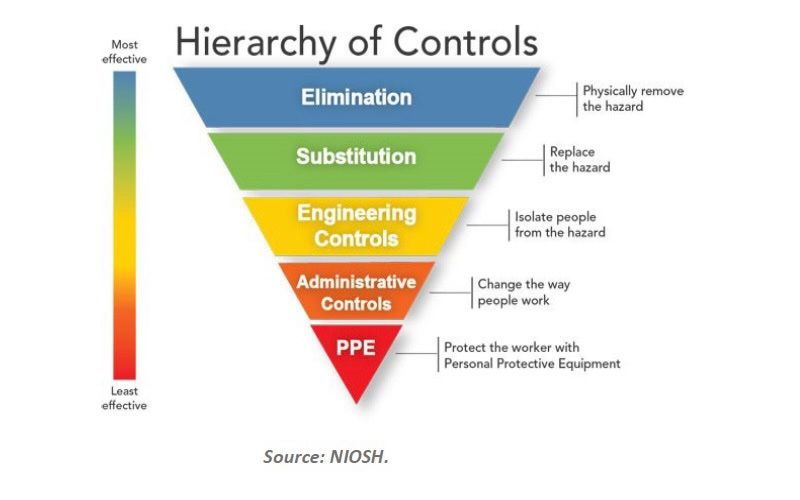While looking for ways to enhance internal and external work performance, members of the communications team at GE Plastics Crystalline plant identified a need to get important information in front of employees more effectively.
While looking for ways to enhance internal and external work performance, members of the communications team at GE Plastics Crystalline plant identified a need to get important information in front of employees more effectively. Traditional e-mail announcements, bulletin board postings, employee meetings, and one-on-one discussions all served a purpose, but the team was looking for a more immediate and consistent way to communicate.
The need for improvement was especially important for our business to more effectively communicate information about quality performance, such as production yield graphs and customer issues. The topic of effective communications is highly critical because the company is committed to achieving six sigma quality in its products, services, and transactions. That goal means we are committed to doing everything right at least 99.999966 percent of the time; that figure means no more than 3.4 mistakes out of every million chances. Most U.S. companies operate around three sigma today.
The communications team applied the six sigma process to find a solution to the communications issue. They started with the following known working conditions: Every person in the business uses a computer at work. The computers are connected by a local area network (LAN) with access to a server computer system (see figure). Each computer can run a screen-saver program.
After the problem and possible solutions were carefully analyzed, we purchased an off-the-shelf commercial screen-saver program capable of displaying pictures and graphs in a slide show format. A site license made the cost of the program less than a dollar per computer. The picture files for the screen saver are maintained and stored on the server. The format for the file could be anything deemed appropriate for business communications, from photographs to cartoons to graphs with production measurements.
Files are owned and updated by designated employees who can update the material from their PCs. As soon as a file is updated, it is available and displayed to its intended audience. Two types of files are used:
– Common files are displayed on every computer connected to the program
– Unique files are displayed only on specifically targeted computers.
The most effective number of files (including both types) falls between 10 and 20. The communications team found it worthwhile to limit the number of people who could update the screen saver files to the following positions:
– Safety leader: maintains common safety files,such as accident investigation reports, OSHA recordable incidents, meetings, and safety topics.
– Communications team member: maintains communication files, such as company team results, civic award presentations, upcoming plant tours, employee service anniversaries, etc.
– Human resource representative: maintains common personnel-related files, such as job postings, new employee introductions, holiday schedules, benefits news, and personnel policy changes.
– Data management coordinator: creates and maintains production measurement graphs.
Any employee is welcome to suggest or recommend information for the system. The process is informal. The person simply approaches the individual maintaining the file. For example, an employee who wants to present information of a general nature would contact the communications team member and ask to have the material posted.
Each computer in the manufacturing environment has a unique set of graphs to track measurements specific to that area. For example, shipment rates are displayed in the shipping/ receiving area; production yields are displayed in the control room; equipment maintenance records are shown in maintenance; and the production status report is shown on the plant manager’s computer.
The screen-saver communication tool has proved to be a huge success within our organization. Results were measured through quarterly employee surveys. Before the system was initiated, only 10% of the workers in the building felt they received adequate information about the business. After the system was in place, that figure rose to more than 30%. The program has unquestionably had a distinct, positive impact on our production yields as well as on the morale of the manufacturing team. Furthermore, it was accomplished with existing hardware and commercially available software, a major benefit as we strive to make fiscally sound investments.
Scott Haraburda has been a production engineer for Crystalline Finishing at GE since 1996. He has a B.S. degree in chemistry from Central Michigan University and an M.S. in chemical engineering from Michigan State University. He served on active duty with the rank of Major in the U.S. Army for 9 yr and also worked at Bayer Corp. prior to joining GE. He is the author of numerous articles and a chemical engineering handbook.



